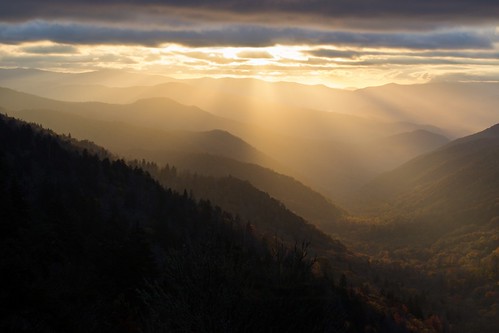
Over 50 years ago, a visionary Congress established an innovative program to bring communities together to invest in open spaces and recreational opportunities that are an essential part of our nation’s heritage and economy. Since then, the highly successful Land and Water Conservation Fund has helped to protect working forests and ranches, preserve our public lands -- parks, refuges, forests, rivers, lakes and wildlife habitats -- and provide access to outdoor recreation across the nation for use and enjoyment by all Americans.
President Obama is committed to passing on America’s public lands and waters to future generations in better shape than we found them. That’s why he is proposing full funding for the Land and Water Conservation Fund in the Fiscal Year 2017 budget, and pursuing permanent authorization in annual mandatory funding for the Fund’s programs beginning in 2018.
In 2017, the budget will invest $900 million in conservation and recreation projects – a portion of the revenues from offshore oil and gas drilling that are deposited in the fund each year –through a combination of discretionary ($475 million) and mandatory ($425 million) funding. This culminates a multi-year strategy leading to full permanent funding for the Fund in 2018.
These investments – using voluntary conservation tools like easements and purchases from willing sellers – respond to local communities’ priorities. They will conserve public lands in or near national parks, refuges, and forests, including landscapes identified for collaborative, strategic conservation; increase access for hunting and fishing; protect historic battlefields; and provide grants to states for close-to-home recreation and conservation projects on non-federal lands.
This is great news for all Americans – from hunters and anglers, to outdoor enthusiasts and history buffs, to communities large and small across the nation who benefit from the Land and Water Conservation Fund investments. In fact, the program has supported more than 42,000 national, state and local parks and outdoor recreation projects in all 50 states.
This year’s budget proposes to fund projects across the country - from expanding access to outdoor recreation opportunities in the High Divide in Idaho and Montana, to protecting endangered wildlife and watersheds in the headwaters of the Everglades in Florida - that will help strengthen local economies and enhance our public lands and waters. Other projects will preserve the wetlands and grasslands popular with hunters and fishermen in North Dakota and South Dakota. In Maryland and Virginia, the budget proposes to protect wildlife habitats as well as significant archaeological sites in American history by enhancing the Appalachian National Scenic Trail, the Captain John Smith Chesapeake National Historic Trail, and the Nanjemoy National Resource Management Area. A full list of the proposed projects is available here.
When we talk about investing in our future, the Land and Water Conservation Fund is one of the most effective programs there is, with conservation and recreation projects serving as a big boon to local economies, bolstering tourism and supporting jobs. For every $1 invested through the Land and Water Conservation Fund, there is an estimated return of $4 in local economic activity. This is not only good for our nation, environment and people, it’s also a good return on investment.
Congress recently took an important initial step to reauthorize and support the Land and Water Conservation Fund, but we need to do more. By fully and permanently funding the Land and Water Conservation Fund – as millions of Americans are urging – we can do our part to help sustain our nation’s public lands and waters for present and future generations.
Since 2009, USDA has invested more than $29 billion to help producers make conservation improvements, working with as many as 500,000 farmers, ranchers and landowners to protect over 400 million acres nationwide, boosting soil and air quality, cleaning and conserving water and enhancing wildlife habitat. For an interactive look at USDA’s work in conservation and forestry over the course of this Administration, visit http://medium.com/usda-results.

